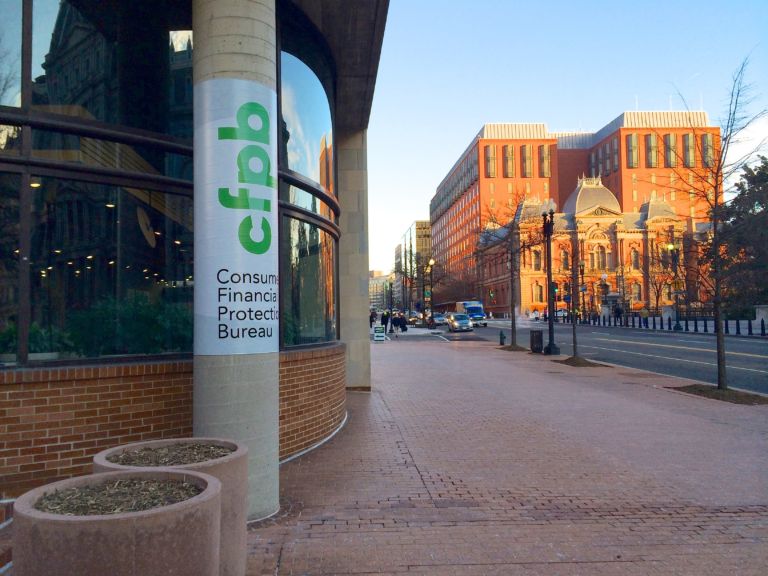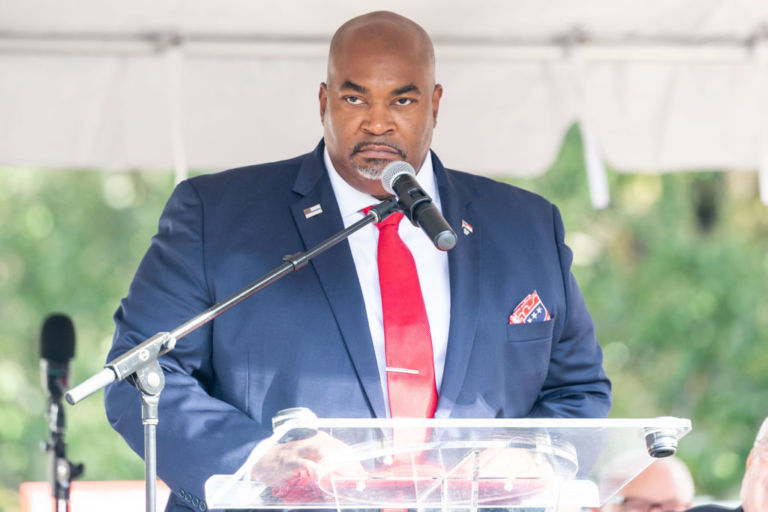David French of National Review Online probes reaction to the U.S. Supreme Court’s latest ruling linked to religion.
It’s been interesting to read the reaction to Monday’s Supreme Court decision in Trinity Lutheran Church of Columbia v. Comer, a case holding that the state of Missouri couldn’t exclude churches from a program using recycled tires to resurface playgrounds. On the one hand, it was unremarkable. Routine, even. The court majority was 7–2, and it was the latest in a long line of cases holding that governments can’t exclude religious individuals or institutions from otherwise neutral government programs. In fact, given these precedents, it would have been a legal earthquake had the court ruled any other way. Decades of case law would have been called into question.
Secular legal radicals (including Justice Sonia Sotomayor) were apoplectic. To them, this case crossed a Rubicon. A government program directly benefited — gasp! — a church. Never mind that the benefit was a softer playground surface, the mere fact that government benefits flowed directly to a house of worship created a legal Defcon 1. …
… Not to be outdone, influential legal liberal Erwin Chemerinsky wrote an alarmist piece at SCOTUSblog decrying the “crumbling wall separating church and state.” “Never before had the Supreme Court held that the government is required to provide assistance to religious institutions,” he wrote. “The noble and essential idea of a wall separating church and state is left in disarray, if not shambles.”
This rhetoric is misleading, at best. For several decades, the Supreme Court has been applying precedent that advances a simple principle: When the government establishes a neutral program for public benefit, it can’t exclude citizens or institutions from participating in that program simply because they’re religious.


